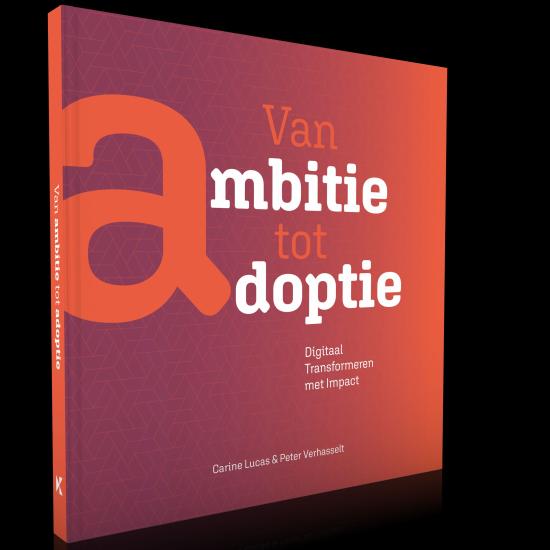Strategically embedding the processes of both digital and sustainable transformations in a company - also called twin transformation - pays off. It is however often not straightforward for a company to decide where and how to start with a twin transformation. Here are some tips to help you get started.
During the past few years, many companies started to invest in digital technology to transform their business. Others transformed to make sure their products, services and businesses contribute to a more environmental or social sustainability. But only a few companies succeed in combining digital and sustainable transformations. Nevertheless, strategically embedding the processes of both digital and sustainable transformations in a company - also called twin transformation - pays off. According to research by Accenture, companies pursuing a twin transformation are 2.5 times more likely to be among tomorrow’s leaders. Next to economic benefits, advanced digital solutions can have a significant sustainable impact.
But it is often not straightforward for a company to decide where and how to start with a twin transformation. Check out these three tips to get off to a good start.
Digital and sustainable transformations occur in three of a company’s impact areas: the organisation including all business processes, the range of products and services and the business model. These impact areas have business-specific goals. Adjust these objectives to explicitly achieve a positive impact on social and/or environmental sustainability. Then explore systematically how digital technology can serve as a lever to achieve these goals in a fast, scalable and verifiable way. The use of frequently occurring scenarios will help you get going.
The sustainability objectives must have a specific, verifiable impact if you don’t want them to be labelled as 'green washing' or 'social washing'. Therefore, methods to measure and analyse impact must be introduced. After defining these methods, it is recommended to seek external validation The Science Based Target initiative may help, for example, when it comes to reducing CO2 emissions.
Digital technology can enable sustainability projects. In addition, digital technology comes at an ecological cost. To tip the balance to the positive end, technology should be used as responsibly as possible. To this effect, best practices for sustainable IT should be applied.
Want to know more about how to put these tips into practice? Make sure to attend our theme event 'Digital or sustainable transformation? Choosing is losing!' on 27 September! More information available here.




